The Registered Disability Savings Plan (RDSP) is a long-term savings program designed to help Canadians with disabilities and their families save for the future. With up to $70,000 available in government grants matching your contributions and an additional bond of up to $20,000 for lower-income households, the RDSP can make a huge financial difference for disabled individuals.
The challenge is RDSPs are underused since the program can be hard to access. The proof is in the low RDSP uptake — around 650,000 Canadians are RDSP-eligible but only 15 per cent of those have one.
Setting up an RDSP can be complicated, but it’s well worth the effort since the plan can help build savings for expenses later in life while securing a stronger financial future for disabled Canadians. I’ll share the steps so you or your child can benefit from up to $90,000 in government grants and bonds. I’ll also warn of the costly gotchas and pitfalls to avoid.
I did a TV segment for CBC’s On The Money with Peter Armstrong explaining Registered Disability Savings Plans, so please watch and share with those who could benefit.
What is an RDSP?
The Registered Disability Savings Plan is only for those with a serious and ongoing physical or mental impairment. Contributions to an RDSP are not tax deductible and the money grows tax-sheltered until funds are withdrawn.
-
The basics:
- Beneficiary must be under the age of 60 when contributions are made.
- Parents can set up plans for disabled children.
- Disabled adults can set up plans for themselves.
- Only one RDSP can be set up per person.
- No limits on contributions per year, but lifetime maximum is $200K.
Get the Federal Grants and Bonds: Free money!
The Canada Disability Savings Grant (CDSG) offers a lifetime maximum of $70,000 as a match to your contributions. The CDSG is income tested to a maximum of $3,500 per year.
The Canada Disability Savings Bond (CDSB) is money left on the table for low or modest income families since no contribution to an RDSP is required. Just open the account to receive up to $1,000 per year to a maximum of $20,000.
Starting your RDSP little late? No worries, you can carry forward unused entitlements to a maximum of $10,500 for the CDSG and $11,000 for the CDSB in one year. If you’re a littler further behind you may need a few years to catch up and clear all the grant and bond carry-forwards.
Who is eligible for an RDSP?
To open an RDSP, recipients must meet three conditions:
- Canadian resident with a Social Insurance Number.
- Under the age of 60 when contributions are made.
- Eligible for the Disability Tax Credit.
Seems so simple right? Nope. Everyone I’ve spoken to says that opening an RDSP can be a frustrating and emotionally charged process with too many hoops to jump through. You’ll need access to a lot of records to fill in the paperwork to document medical inquires and family income. You’ll also need the tenacity to get through the process to get the grants and bonds.

This is not going to be easy. I want you to succeed. So take a little of my tenacity and all of my encouragement and let’s do this.
5 Steps to open an RDSP
I spoke with my friend Alan Whitton, of Canadian Personal Finance Blog for his vast RDSP knowledge and experience. After figuring out the path to completing the complex paperwork years ago, Alan was able to set up an RDSP for his son. For over 10 years Alan has been blogging about child disabilities with a strong advocacy and focus on RDSPs. If you get stuck with these steps, I highly recommend his blog for his personal experience and honest advice. Big love to Alan.
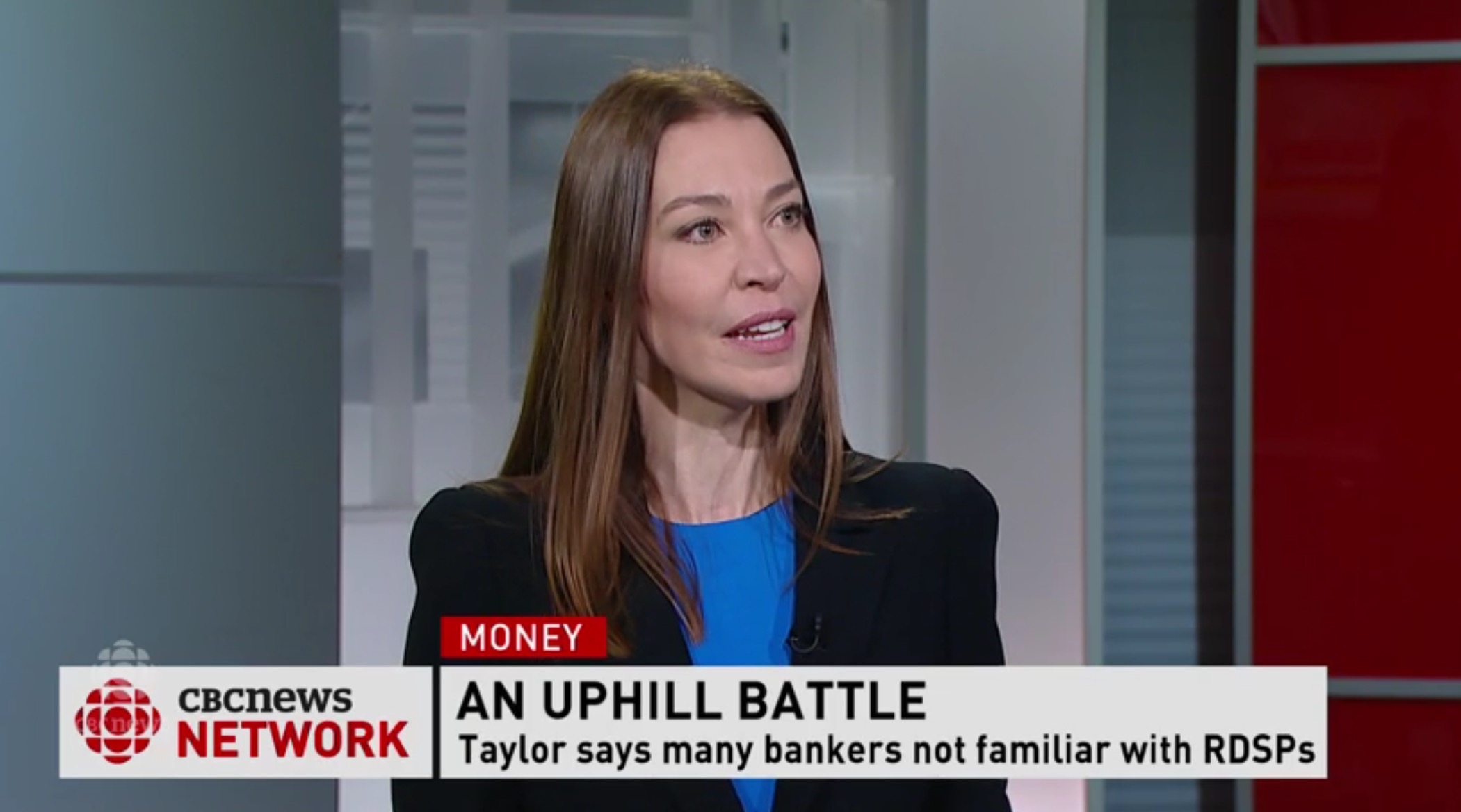
STEP ONE: Get a Social Insurance Number
You need a SIN to both work in Canada and to have access to government programs and benefits. You can apply for a SIN at Service Canada either online or in person. If you are a parent of a newborn, apply for your child’s SIN through your provincial Newborn Registration Service.
STEP TWO: Build a Team
Getting through the medical paperwork and ticking all the right boxes requires the knowledge and experience of a strong team. The challenge for most families is documenting the medical terminology to perfection to get accepted for an RDSP. It’s not uncommon to get rejected once, even four times before all the right Ts are crossed and signatures are signed. Building a team with these suggested experts can help you open an RDSP with less frustration.
Your RDSP Team:
- Diagnosing Doctor, Pediatrician
- A Foundation: A national or provincial umbrella organization for your disability (such as: CNIB, Ontario Federation for Cerebral Palsy etc.) They can provide group support, education, and are aware of the challenges faced when applying for the Disability Tax Credit. They can often help.
- Nurse Practitioners: As per the Federal Budget 2017, nurse practitioners can certify Form T2201, the Disability Tax Credit Certificate. This change applies to the forms made on or after March 22, 2017. Huge help to families who can’t get the complex paperwork certified by very very busy doctors and specialists. Nurse Practitioners can often help explain why applications are rejected.
- Accountant: Hire one familiar with the Disability Tax Credit, RDSPs, and your family income.
STEP THREE: Apply for the Disability Tax Credit (DTC)
Take a deep breath. Now give it back.
Filling out Form T2201 Disability Tax Credit Certificate requires the use of specific language, terms, and requires documentation from a knowledgeable medical professional to get it passed by the CRA. Use your team to get the medical terms right. If your application is rejected by the CRA, ask why and don’t get discouraged. Apply again, and again, and again until the documentation hits all the right checked boxes for the specific disability. Use your tenacity.
Beware of predatory practices: Due to the complexity of the Disability Tax Credit Certificate forms and the sometimes large sums of financial entitlements offered through the DTC and RDSPs, an industry of promoters and consultants have cropped up offering to handle all the paperwork for a fee. How much of a fee? The CRA says these consultants can take as much as 40 per cent of the refund or entitlement.
Contingency fee consultants should be an absolute last resort with my personal preference to being a never. Disability benefits belong in the hands of those who need them most and who often live at the poverty line — disabled Canadians. Please don’t fall prey to these programs or consultants — giving up a third of your benefit is not necessary and I’d rather see the full financial benefit reach those intended. If you’re stuck and need help, please try to build a team or reach out to your foundation for some guidance. Hugs.
STEP FOUR: Interview Financial Institutions: But beware.
The RDSP is not a product many front staffers at financial institutions are familiar with, so you need to find a bank or banker who knows how to open an RDSP. Call around and compare. Ask if there are investment restrictions — some banks only offer investments (such as bank branded mutual funds) with high investment fees. Seek lower fee investments such as ETFs or those within a Couch Potato Portfolio.
STEP FIVE: Open an RDSP. Collect the grants and bonds!
With all the documentation in hand, go ahead and open the RDSP. Phew.
If you get stuck, need some RDSP guidance, do check out Alan’s RDSP Roadmap for all things RDSP.
More RDSP Help:
- Autism How To Guide for T2201
- PLAN RDSP Blog
- Special Needs Planning
- Government of Canada: Registered Disability Savings Plan
- Government of Canada: Disability Tax Credit
Tenacity.
Love love love,
Kerry
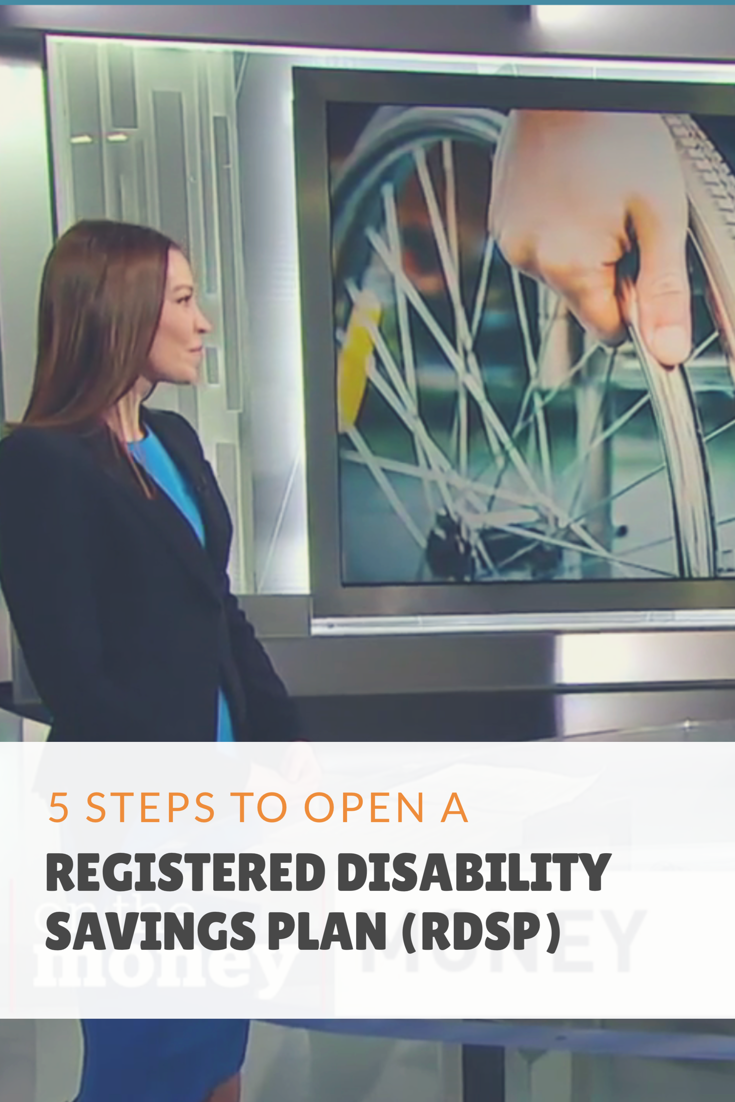
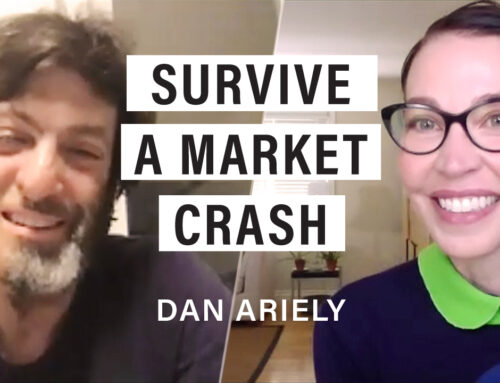
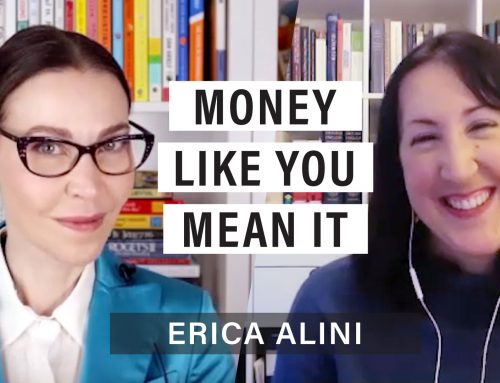
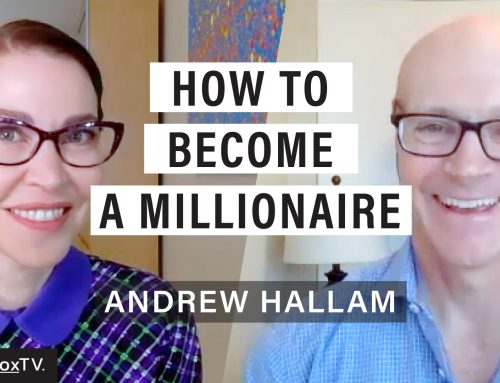
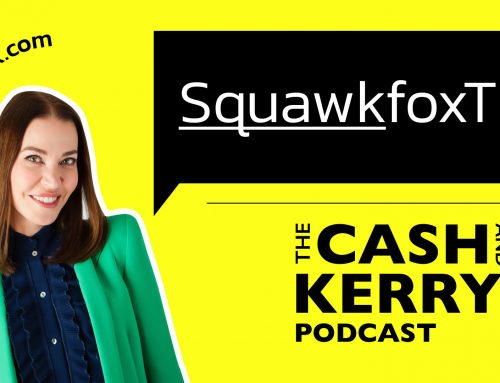

Hi Kerry. Great Post! My experience is that most eligible people are totally unaware
of the RDSP. I had been disabled 9 years before I was told of it. This was true of the
CPP Disability Plan as well. I discovered that one on my own. My insurance agent was
blissfully unaware of both. Luckily both back pay. The companies that help are criminals
and should be avoided. Unfortunately, I have lost the name of a website that deals
with RDSP’s and has actual people you can contact. All free. It should come up on google
as one of the top hits. The government website is confusing and the contacts generally
do not know much about the plan. To save time, I found only the big banks offer the
plan, but that means the big five discount brokerages do as well – no independents. Thank
you for getting the word out!
RDSP Plan Institute – rdsp.com
My son has held a RDSP for 10 years, the question is how do you get the money out without penalty and how much are you allowed to take out at a time? These questions are not clear on the government website?
Great article! The RDSP is the single greatest financial tool that the Canadian government has put in place for disabled persons. It is too bad that some doctors are really not that familiar with how the T2201 works, and that very specific guidelines must be followed. Luckily, my son’s pediatrician went through it with us step by step, and I have done a lot of research about why people had been denied. As a parent, you have to advocate strongly for your child, and as a parent with a child who has a disability, even more so.
I would only add some comments to step 4. Step 4: Do not be afraid to call both the financial institution and the Government office responsible for the RDSP. There is A LOT of paperwork that needs to be done to set one up, and most banks are not familiar with them (there were several mistakes for my son’s). As well, the only financial institution that I could find that would allow a self-directed account was with TD Direct Investing. This was a few years ago now, and it may have changed. So as always, buyer beware and don’t be afraid to ask a lot of questions!
To comment on the “how do you get money out of this?” question, I can say that the expert I have spoken to is it is “not designed to be a chequing account”. Do NOT assume this is going to be a savings plan where money moves in and out a great deal. There are methods outlined on how to get money out, but not quickly. I will be writing a few more articles about this in the next little while. Check out the ESDC’s web page for more information as well:
https://www.canada.ca/en/employment-social-development/programs/disability/savings/grants-bonds.html
Thanks again to Kerry for making this program better understood for folks (evidently about 150,000 RDSPs are now open).